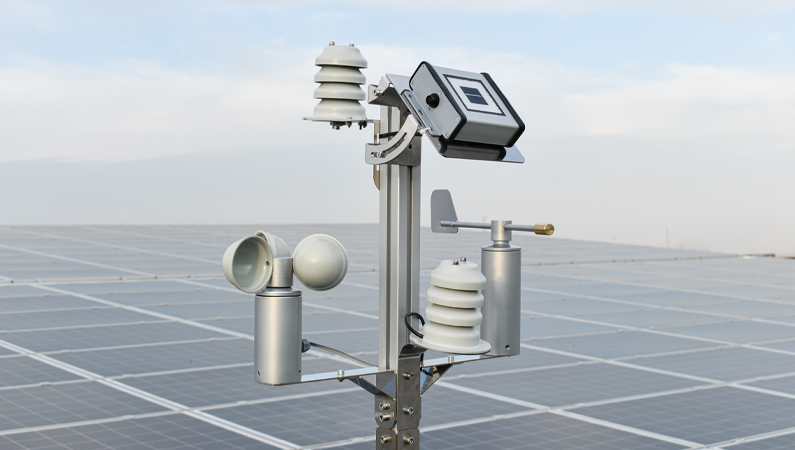Weather Stations, which are also compatible with many datalogger produced by Seven Sensor, have a significant impact on Solar Power Plants. Seven weather stations will be extremely helpful in monitoring the performance of solar power plants. The data received by the sensors can be used to gain many insights into plant operation and possible ways to improve plant performance. As we know, even a small decrease in plant performance will reduce energy output and therefore significantly affect the return on investment. For this reason, while we spend millions of dollars installing our facility, measuring your facility’s performance by purchasing low-cost sensors will reveal all the information and problems about your facility.
The most important factor affecting PV system performance is solar radiation data. However, in addition to solar radiation data, other important factors affecting performance are ambient temperature, panel temperature, relative humidity, wind speed, wind direction, atmospheric pressure, and rain. If the total usable incoming radiation in any environmental condition is measured accurately, it will be possible to calculate whether the PV system is producing electricity according to expectations. Data from all these sensors can be used to plan the maintenance of the facility. For example, data on precipitation amount and frequency (precipitation) can help explain low energy yields at high solar radiation.
In general, a meteorological station is based on solar radiation, module temperature, ambient temperature, wind speed, wind direction, humidity, etc. consists of parameters such as Weather stations also calculate the performance ratio (PR) of the solar power plant using all the data. The performance ratio (PR) for a solar power plant, defined in IEC 61724 [1], is a widely used metric to measure solar photovoltaic (PV) plant performance. PR measures how effectively the facility converts the sunlight collected by the PV panels into AC energy delivered to the load to the expected value from the panel value. This data can also be accessed via the cloud.
You can find more detailed information about the working method, mechanical structure, and technical features of all sensors on the pages of our website.
